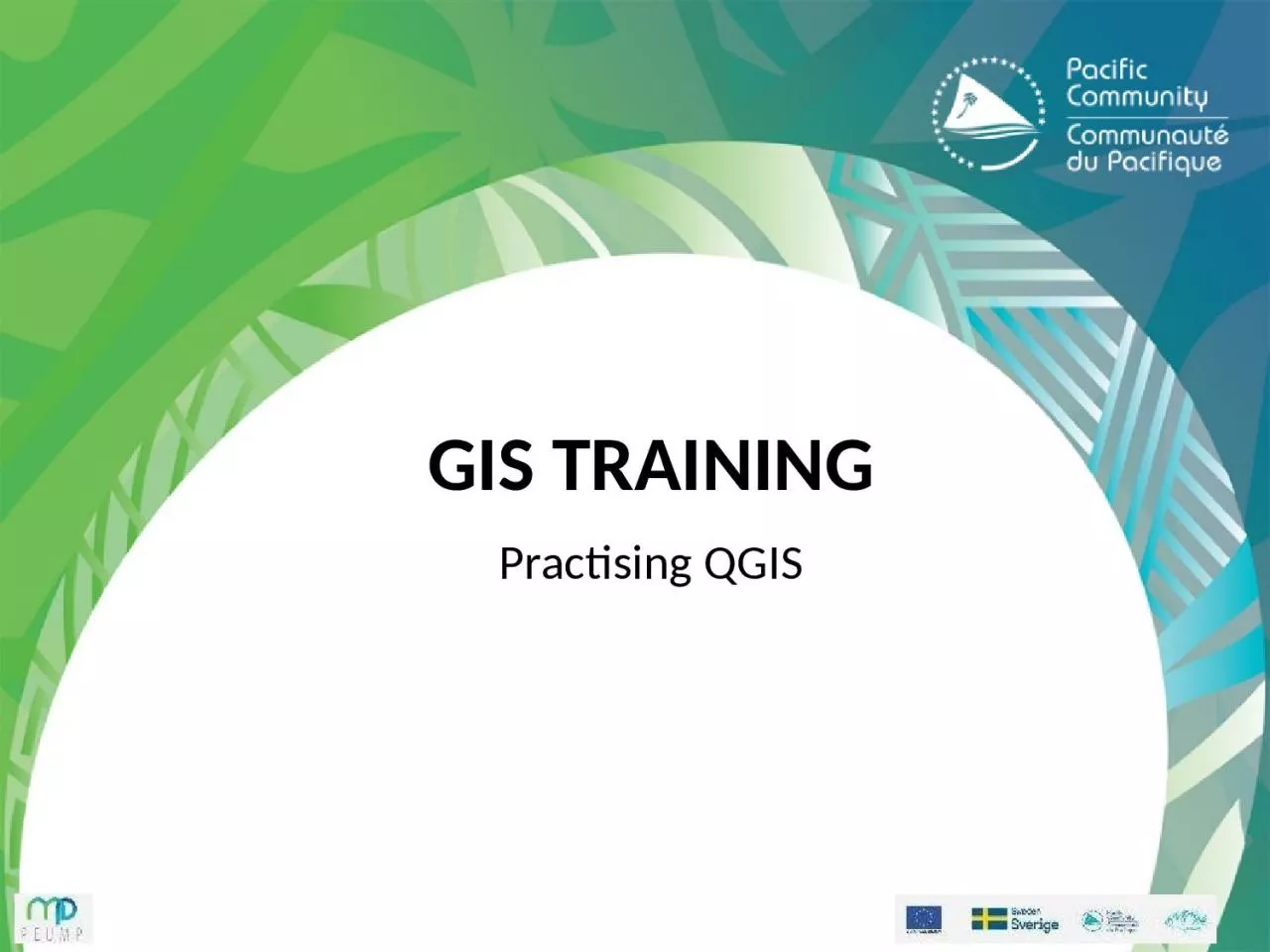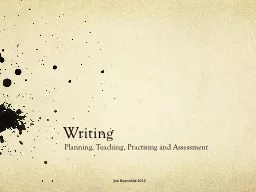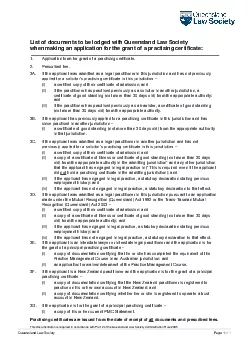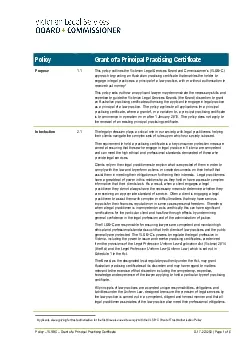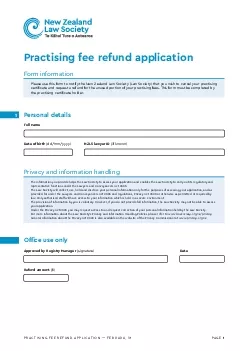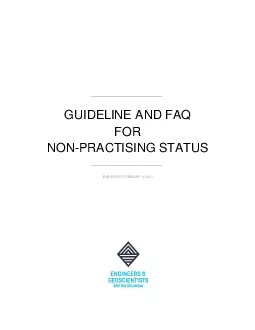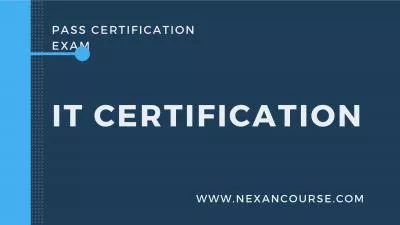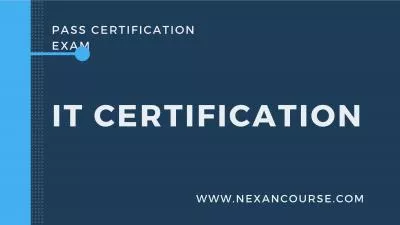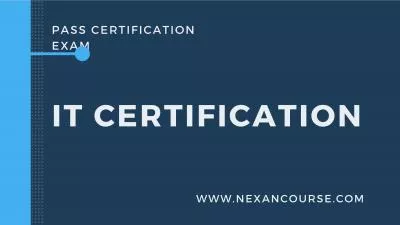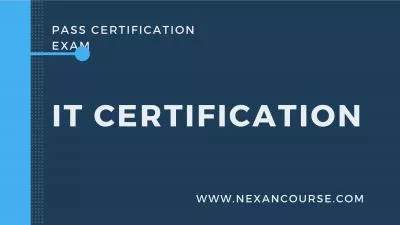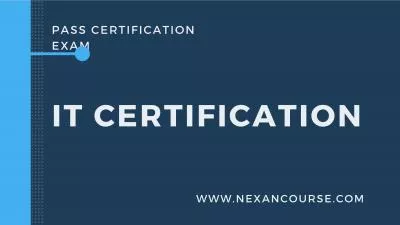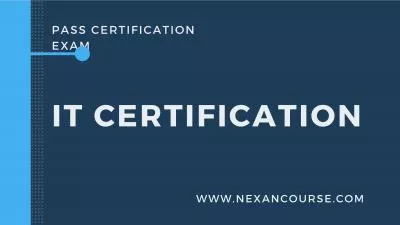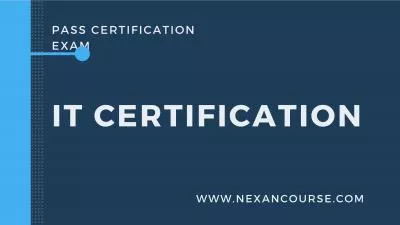PPT-GIS Training Practising QGIS
Author : berey | Published Date : 2023-06-26
Using the geomorphology and GeoNames toponyms create the project below Exercise 1 Filters Capital feature code PPLC Villages feature code PPL Mainland L4ATTRIB
Presentation Embed Code
Download Presentation
Download Presentation The PPT/PDF document "GIS Training Practising QGIS" is the property of its rightful owner. Permission is granted to download and print the materials on this website for personal, non-commercial use only, and to display it on your personal computer provided you do not modify the materials and that you retain all copyright notices contained in the materials. By downloading content from our website, you accept the terms of this agreement.
GIS Training Practising QGIS: Transcript
Download Rules Of Document
"GIS Training Practising QGIS"The content belongs to its owner. You may download and print it for personal use, without modification, and keep all copyright notices. By downloading, you agree to these terms.
Related Documents

